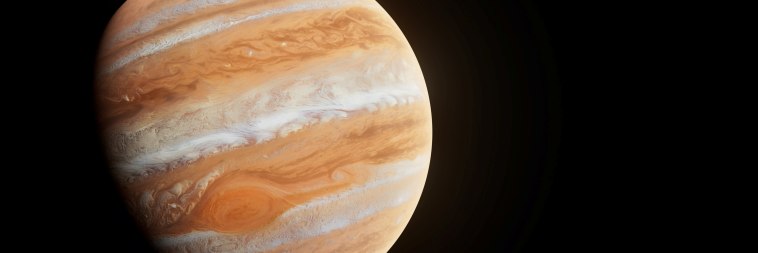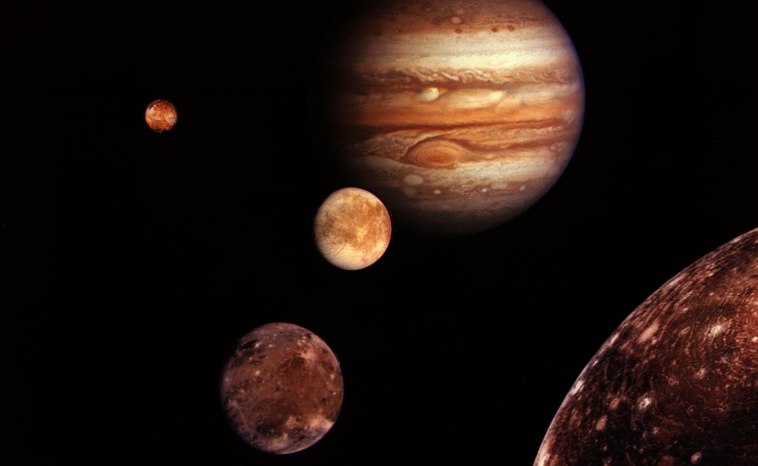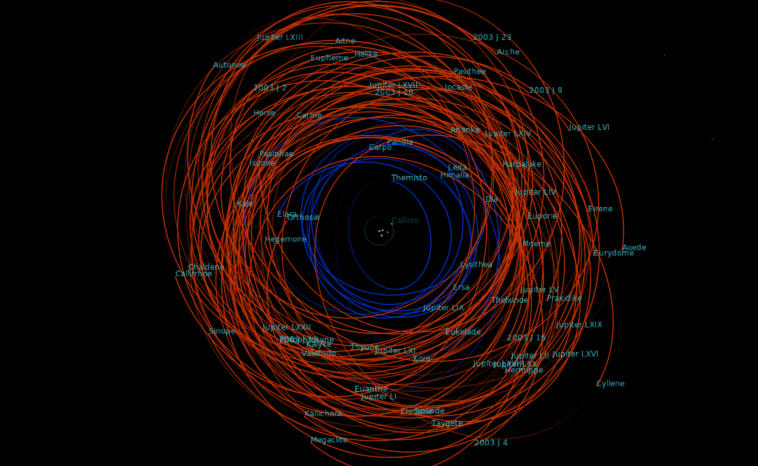12 New Jupiter Moons Discovered

Jupiter has long held the title of the largest planet in our Solar System. But after the confirmation of 12 additional moons orbiting the mammoth planet, it can now also claim to have more moons than any other planet in our system. In this article, we’ll tell you everything you need to know about the Jovian system’s newest additions.
How Were Jupiter’s New Moons Discovered?
The new moons were an unplanned discovery by Scott S. Sheppard and his team at the Carnegie Institute for Science, who were searching for new objects at the edge of our Solar System. As the Jovian system was in their search area’s foreground, they also decided to look out for any other new objects of interest and stumbled across 12 new moons of Jupiter in the process. The astronomers made the observations using Japan’s Subaru Telescope and the Víctor M. Blanco 4-meter Telescope in Chile.

How Many Moons Does Jupiter Have?
Including the latest additions, Jupiter now has 92 known moons. Until recently, Saturn was the planet with the most natural satellites, with a confirmed 83 moons.
Although astronomers divide them into even smaller, more distinct groupings, Jupiter’s moons are generally split into the following groups:
Inner Satellites
The Inner satellites, or Amalthea group, comprises four moons that orbit very close to Jupiter. In fact, the two closest moons in this group orbit the planet in less than one Jovian day.
Galilean Moons
Jupiter’s four biggest moons are known as its Main group, or, more commonly, the Galilean Moons, in honour of Galileo, the legendary Italian astronomer who first saw them. The Galilean Moons, Io, Europa, Ganymede, and Callisto, are by far the biggest moons of Jupiter. Between them, they account for 99.997% of the total mass of all 92 of Jupiter’s moons. These moons are also some of the most studied objects in our Solar System, with Ganymede, Callisto, and Europa possessing sub-surface oceans that could potentially play host to life.

Prograde Satellites
The prograde moons orbit Jupiter at a distance of between 10-17 million km and travel in the same direction that the planet spins. This group includes sub-groups such as the Himalia and Carpo groups.
Retrograde Satellites
In direct opposition to the prograde satellites, the retrograde moons travel in the opposite direction of Jupiter’s spin. These moons primarily take a more distant orbit of around 20-25 million km. Interestingly, one of the recently discovered moons, Valetudo, is a prograde satellite that orbits within the range of the retrograde satellites. This orbit means that Valetudo has likely had a pretty violent history of head-on collisions, resulting in its smaller size. Unfortunately for Valetudo, it can probably look forward to more clashes in the future too!
Why Does Jupiter Have So Many Moons?
It goes without saying that Jupiter is immense. So big, in fact, that it has over twice the combined mass of all other planets in our Solar System. This bulkiness also means that the planet has stronger gravity than Earth, for instance (2.4 times stronger). And this increased gravity means that Jupiter has captured a number of passers-by, such as asteroids, that got a little too close.
What Is the Jovian System?
The Jovian system is the term astronomers use to refer to Jupiter, its moons and rings due to the size of the planet and the number of its orbitally locked companions. Regarding the planet’s system, Scott S. Sheppard, discoverer of the latest Jovian moons, said: “Jupiter can be thought of as a sort of mini-Solar System itself, because its gravity controls thousands of small bodies,”. He added, “Only the Sun has had more influence than Jupiter on the shape of our planetary neighbourhood.”.
Will Astronomers Find More Moons?
With increasing observations leading to more discoveries, Jupiter and Saturn have seen periodic jumps in their confirmed number of moons, and there’s likely more to follow. In the case of Jupiter, there could still be dozens or even hundreds of small moons just waiting for astronomers to find them.
Astronomers are learning more and more about the secrets of our Solar System and beyond all the time. But while we’re waiting for the latest astronomy news, why not try out the OSR’s Star Finder App? After downloading it to your iOS or Android device, you can use the intuitive app to browse the constellations or locate your own named star.


